North American Veteran Fund Storms Silicon Valley! Five Stealth Chinese AI Firms Secure Tens of Millions in 'Strategic Bets'
![]() 05/22 2025
05/22 2025
![]() 436
436
On May 13, 2025, the popular AI agent platform Manus announced the opening of registration to overseas users, scrapping the waiting list mechanism. Users can now perform one task daily for free and earn reward points. Earlier, when Manus launched in early March, the invitation code system sparked a buying frenzy, with secondary market transactions reaching as high as ten thousand dollars.
Concurrently, Manus's parent company, Butterfly Effect, recently completed a $75 million funding round led by the U.S. venture capital firm Benchmark, pushing its valuation to $3.6 billion, nearly five times its valuation at the start of the year. The company is building an overseas team, and the new financing will accelerate the development of underlying technologies and global expansion. The team plans to launch a new product line of 'AI automated workflows' for the enterprise market, enabling AI to assist small and medium-sized enterprises in cost reduction and efficiency enhancement.
As Manus ignited the Silicon Valley venture capital scene with its 'hand-brain coordination' agent technology, and DeepSeek redefined AI cost norms through its open-source ecosystem, Silicon Rabbit observed an intriguing phenomenon: Over the past three months, at least five Silicon Valley VC partners, three tech media editors-in-chief, and two lab directors have inquired weekly with Silicon Rabbit – 'Can you recommend a few Chinese AI teams like Xiao Hong (founder of Manus) or Liang Wenfeng (CEO of DeepSeek)?'
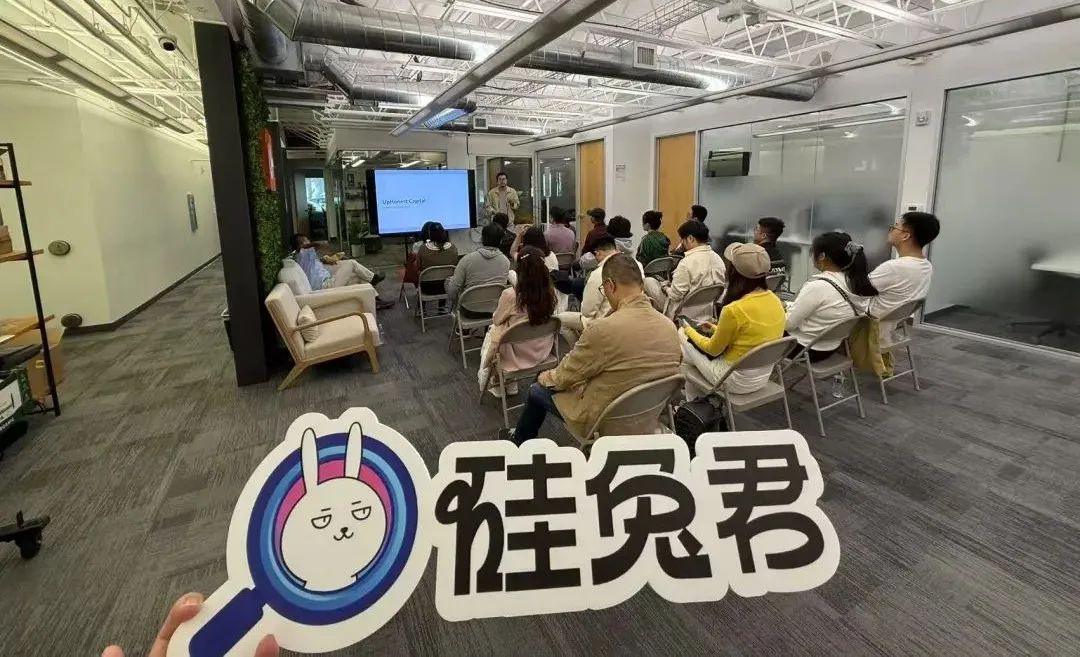
Silicon Rabbit reveals that an increasing number of venture capitalists in Silicon Valley are focusing on Chinese AI teams.
This attention is no coincidence. Silicon Rabbit has observed an encrypted list circulating within Silicon Valley venture capital circles, highlighting AI agent startups led by Chinese PhDs from top institutions like MIT and Berkeley. Some venture capitalists have privately disclosed to Silicon Rabbit, 'Now, at least three Chinese faces appear in every ten AI pitch projects.'
While OpenAI still grapples with dialogue fluency, Chinese AI teams have already integrated AI into enterprise workflows, from writing due diligence reports to screening resumes, with remarkable precision. 'Utilize the open-source ecosystem to encroach on territory and leverage engineering capabilities to generate revenue.' A new batch of Chinese AI startups is bridging technological breakthroughs with Silicon Valley scenario needs, swiftly capturing the market with a relatively comprehensive commercialized form.

Why did Manus skyrocket in popularity in Silicon Valley?
No one could have foreseen that Manus would become an overnight global sensation.
In fact, behind the ten thousand dollar closed beta codes of Manus lies the market's boundless imagination regarding the potential of Chinese AI teams in exploring the AI application market.
Unlike large underlying models like DeepSeek, Manus focuses on the application layer, transforming AI capabilities into 'hand-brain coordination' solutions through engineered packaging, such as automatically generating PPTs and organizing expense receipts, significantly lowering the usage threshold.
Technologically, Manus surpasses OpenAI's similar products with an accuracy rate of 86.5% in the GAIA benchmark test through its 'multi-model collaborative reasoning with hybrid architecture' technology, significantly reducing the demand for chip performance.
Manus co-founder Ji Yichao once revealed on social media that the product employs different fine-tuned models based on Alibaba's Thousand Questions large model, Claude, and others, leveraging these to enhance product performance.
Post-launch, Manus garnered support from many Silicon Valley leaders, who believed that Manus unlocks a new direction for AI applications, connecting deep research, operators, and diverse workflows like computers, providing a novel interactive experience.
Victor Mustar, Head of Products at Hugging Face, used Manus to create a small game, calling it the best AI tool he has ever experienced and even believing that Manus could overshadow the popular Vibe Coding. Twitter co-founder Jack Dorsey praised Manus as an outstanding work.
Whether it's 'shelling' or not, Manus's AI capability encapsulated in the product thinking of 'asynchronous processing + automatic execution' realizes the synergy of planning Agent, execution Agent, and verification Agent through collaborative reasoning, achieving a leap from 'thinking and suggesting' to 'closed-loop execution', rewriting Silicon Valley's valuation standards for practical AI.
A senior AI expert told Silicon Rabbit that what surprised Silicon Valley the most was that Manus optimized its model structure through Chinese large models but completed scenario landings in Silicon Valley, forming a double-cycle barrier of 'Chinese iteration speed × Silicon Valley product thinking'. Moreover, Manus's success also proves to a certain extent that the 'non-Transformer architecture + vertical scenario closed loop' can also spawn blockbusters, breaking Silicon Valley's myth of 'parameter scale determinism'.
????: While Silicon Valley giants are still debating the path to AGI realization, Chinese teams have already carved a niche using the 'application-first' strategy. Want to know what are Manus's technical barriers? Send a private message to Silicon Rabbit, with remarks [2], to connect with Silicon Valley experts for one-on-one service.

In the Age of Great Navigation, who will be the next Manus?
Just like the navigators of the 15th century, Manus is merely the first new continent discovered.
But on Silicon Rabbit's AI radar, there are at least 15 fleets approaching – they carry compasses optimized with Chinese technology, aiming at the untapped AI application wilderness of Silicon Valley.
HeyGen: Focused on AI video generation and translation, supporting lip-sync translation in over 40 languages
Main Business: Users can upload photos or videos to quickly generate digital avatars with voice, expressions, and movements, supporting customization of clothing, scenes, and other details. Currently, it supports real-time translation in 175 languages and dialects, adjusting digital lip movements through AI algorithms to accurately match translated languages, eliminating the discomfort of traditional dubbing.
Team Background: Founder Xu Zhuo was an early member of Snapchat and a builder of the advertising platform; co-founder Liang Wang was a former product designer at ByteDance and TikTok. The current team size is around 30 people.
Valuation: Received a $60 million financing in 2024 led by the renowned early-stage venture capital firm Benchmark, with HeyGen's valuation currently reaching $440 million. After this round of financing, HeyGen's cumulative financing exceeded $74 million, significantly enhancing its user scale and commercialization capabilities, with annual recurring revenue (ARR) exceeding $35 million and 40,000 paid enterprise customers.

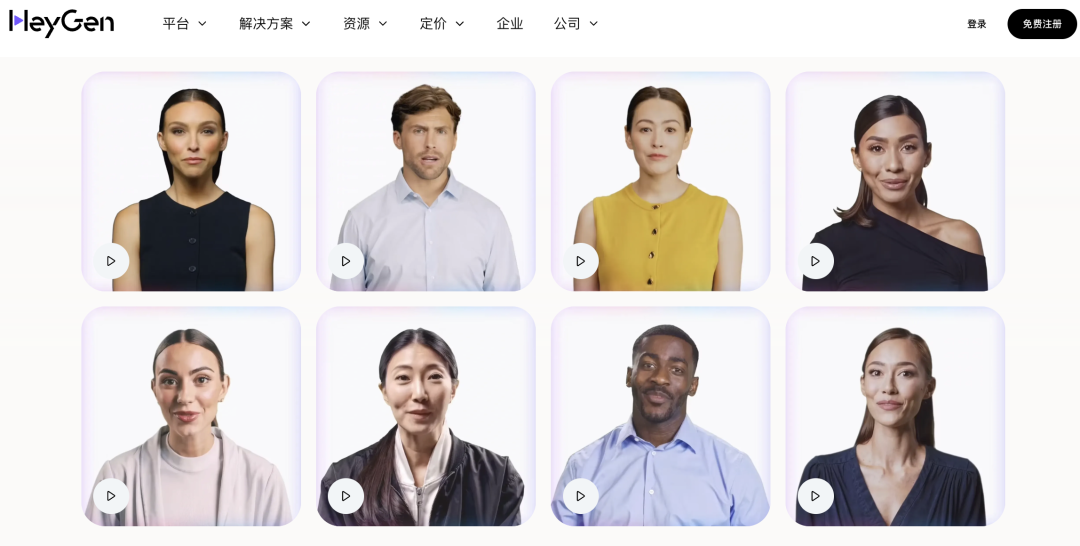
Opus Clip: Creating an autonomous video editing agent that supports multimodal commands
Main Business: Initially positioned as an AI-driven live streaming tool with embedded real-time interaction and AI-generated meme functions, it later transformed into an AI video editing platform and then into an 'autonomous video editing agent'. The recently tested ClipAnything already supports multimodal command recognition. It can clip a long video into ten short videos conducive to viral spread within minutes, automatically cropping the main characters, generating titles and copywriting, adding subtitles and emoji expressions.
Team Background: Co-founder and CEO Zhao Yang graduated from the Department of Computer Science at the University of California, Berkeley, and founded the social app Sober, which received $1.5 million in funding. Some team members have experience at Silicon Valley companies such as Google and LinkedIn.
Valuation: In March 2025, it received a $20 million strategic financing led by SoftBank, with its valuation after this round of financing locked at $215 million.
ARR approached $10 million at the end of 2024, and enterprise subscription revenue accounted for 40% in Q1 2025. As of March 2025, global users exceeded 10 million, including enterprise customers such as Univision, Billboard, and Visa.

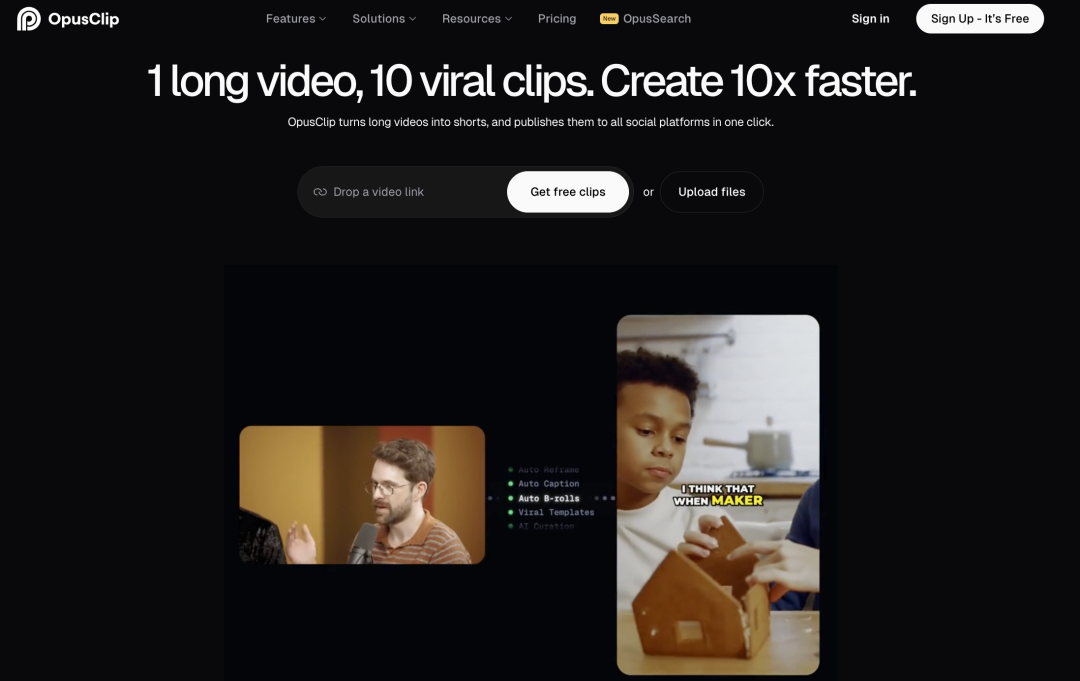
Trae: Building 'true AI engineers' based on the AI IDE, ushering in a new era of human-computer collaborative software development
Main Business: Trae targets developers in the programming field. Trae enables users to automate programming through natural language interaction, compatible with the MCP protocol and custom Agents; it is equipped with an enhanced context parsing and rules (.rules) engine to ensure efficient and precise interactions; with an extremely smooth user experience, Trae seamlessly supports mainstream programming languages and is compatible with VS Code, making it a strong competitor to Cursor.
Team Background: Built by core members of ByteDance's former Marscode programming assistant team, gathering experienced engineers and product teams in ByteDance's AI and programming language fields.
Valuation: No public valuation is available.

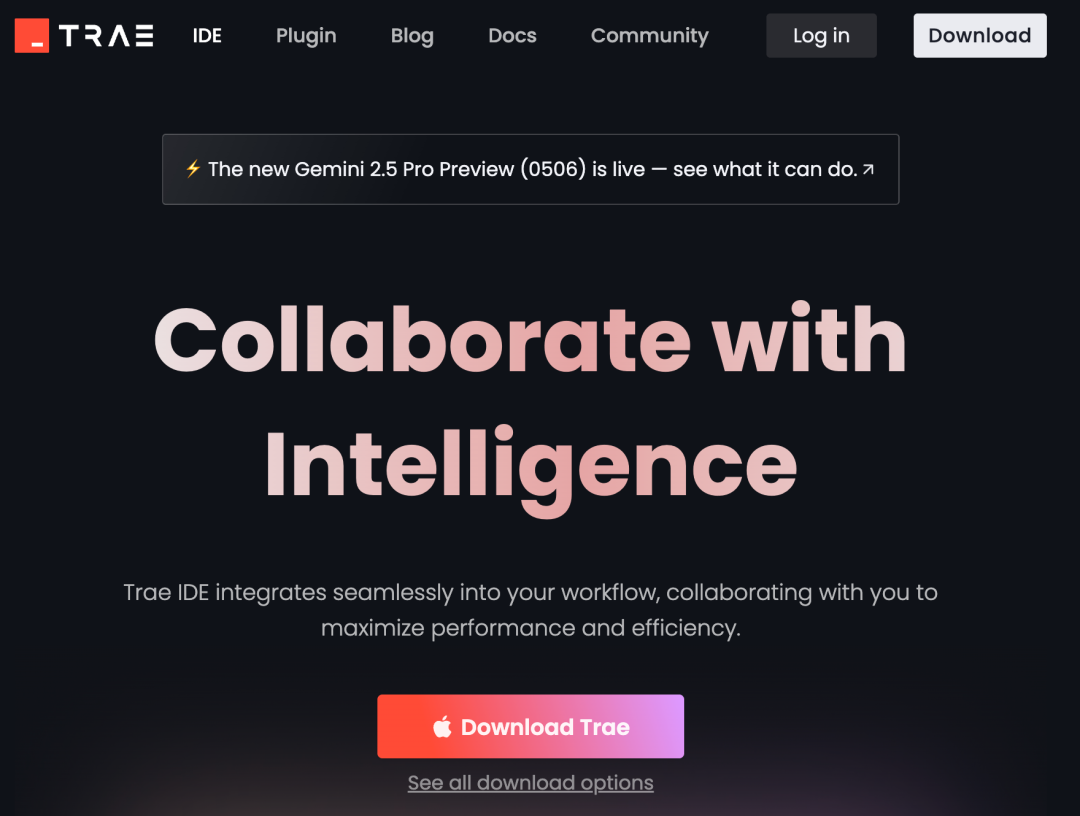
Notta: Supports multilingual meeting minutes generation with real-time translation
Main Business: Automatically generates multilingual meeting minutes with real-time translation and key point highlighting.
Team Background: The main founder remains anonymous but is reportedly a former core member of the Tencent Cloud Speech team. The operating entity is registered in Singapore, with its R&D center in Seattle.
Valuation: Revenue in 2024 was $18 million, with a valuation of $18 million and an estimated valuation of $300 million. It is currently undergoing a Series B funding round.

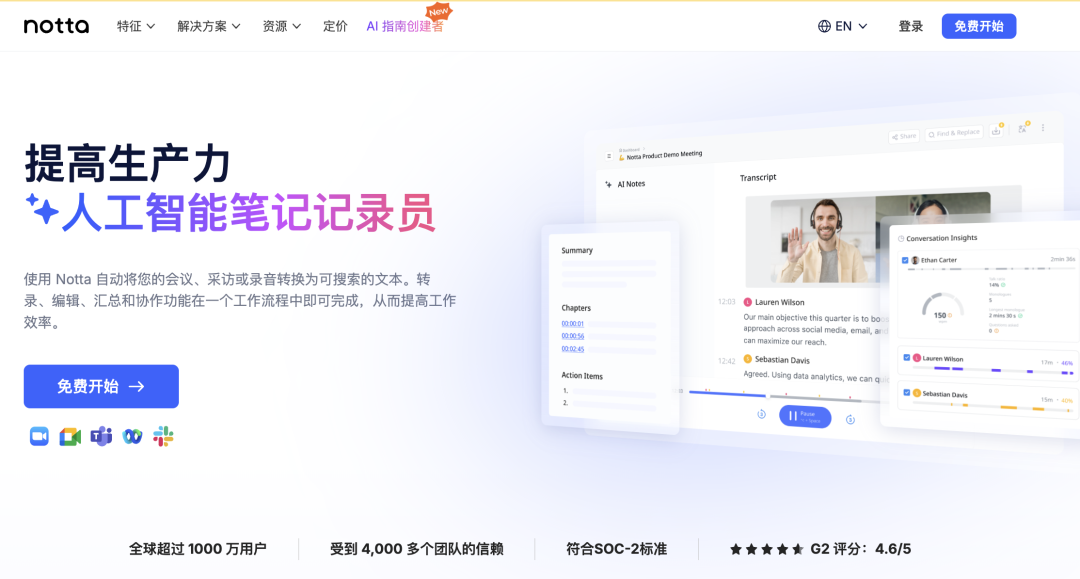
????: Veteran capital storms Silicon Valley! Five Chinese AI teams are fiercely competed for by top LPs. Boarding now equals betting on OpenAI in 2023! Send a private message to Silicon Rabbit, with remarks [2], to converse with Silicon Valley experts and obtain the latest list of Chinese AI dark horses.

Behind Manus's explosion, a wave of Chinese entrepreneurship in Silicon Valley is sparked.
When the technology generation gap is bridged by engineering capabilities, Silicon Valley has to admit that Chinese teams have transformed from rule followers into writers of the new order.
But what makes Silicon Valley most uneasy is the 'ecological wall-breaking' ambition demonstrated by Chinese teams.
Several projects Silicon Rabbit has encountered are building new technological alliances: Some teams are testing the combination of domestic and foreign large models with self-developed toolchains to create vertical Agents for legal compliance, improving the efficiency of processing SEC documents; others are attempting to integrate DeepSeek's model architecture with blockchain technology, aiming to establish a decentralized AI computing power market.
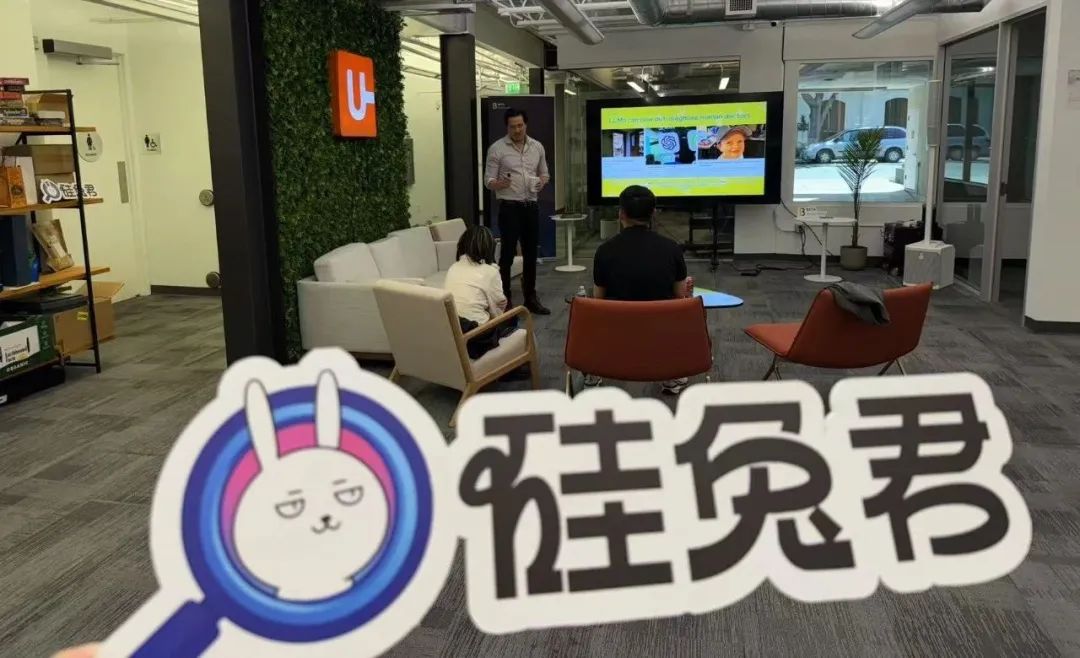
From tool exports in the mobile internet era, to the subscription revolution in the SaaS wave, to the asynchronous decision-making architecture of AI Agents today, Chinese teams can always use engineering pliers to tear cracks in the application layer during periods of technological equity.
Manus's explosion once again verifies the lethality of 'Chinese speed × Silicon Valley scenarios'.
'While OpenAI is busy creating gods, Chinese teams are creating shovels – they understand that the key to AI commercialization lies not in when AGI arrives, but in who can apply existing technology to the extreme.' A professor from a Silicon Valley university contacted by Silicon Rabbit bluntly stated that this pragmatism may be precisely the antidote that Silicon Valley needs the most.





